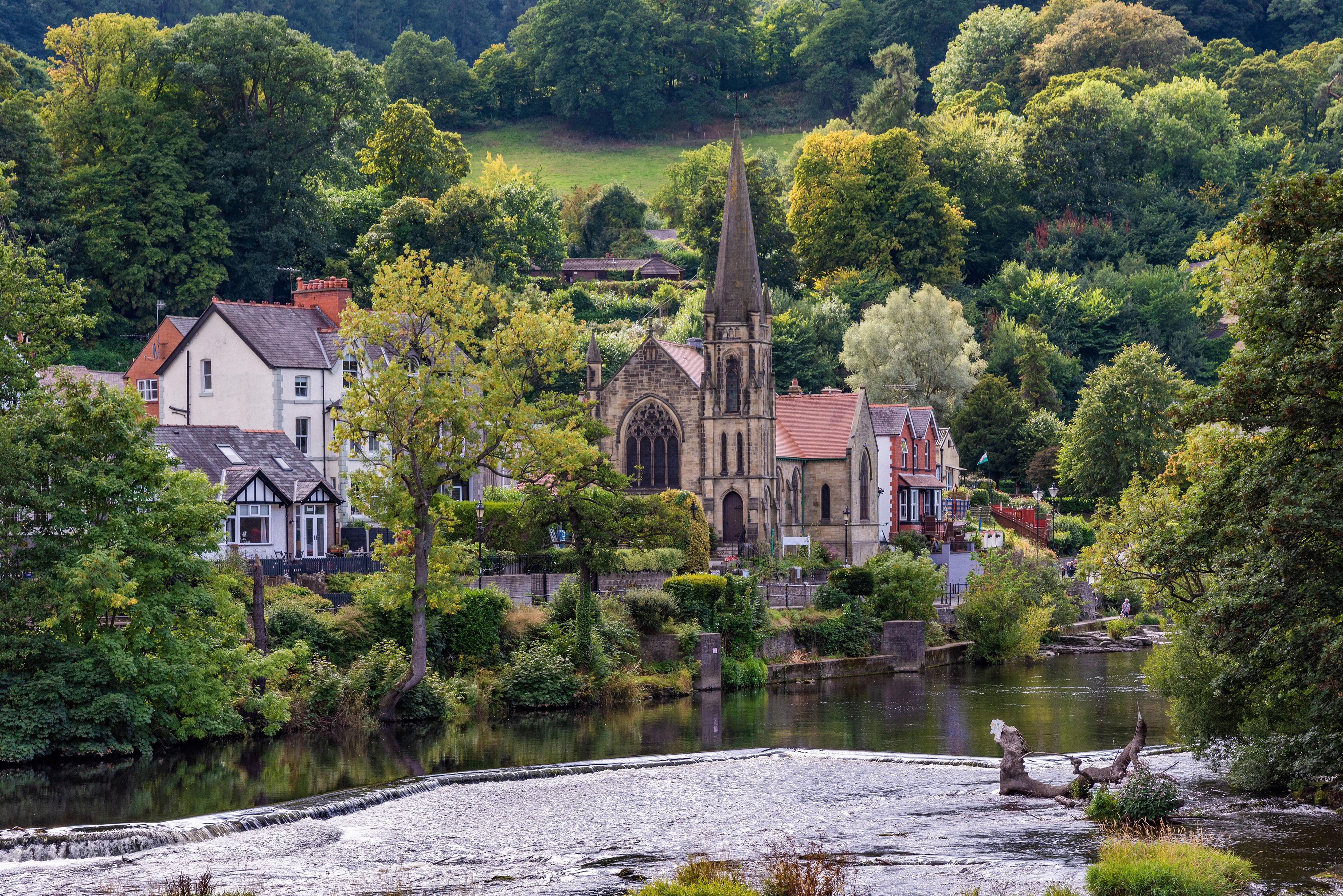Farmland prices soar
British farmland is selling at a 3 year premium after intense competition among farmers, lifestyle buyers and overseas investors has pushed land-values above their mid-1990s peak


In the late 1890s, Oscar Wilde's formidable Lady Bracknell exclaimed: 'What between the duties expected of one during one's lifetime, and the duties expected from one after one's death, land has ceased to be either a profit or a pleasure. It gives one position and prevents one from keeping it up.' It is a sentiment that today's farmers and landowners may share, many having enjoyed little profit or pleasure in the past decade. Farm profits have plummeted since 1996 as a result of which the net profit from UK agriculture is now only £2.7 billion per annum?less than £5,000 per person employed in the industry. But all that is set to change, says farming expert George Chichester of Strutt & Parker. He maintains that, from rock bottom, the only way now for Britain's farmers is up. A source of optimism is the strong performance of the British farmland market in the past three years. Given everything that British farmers have had thrown at them in the past decade, it would have been no surprise to find a flood of land coming to the market, to be picked up by hard-nosed buyers at rock-bottom prices. But the reverse has happened. A restricted supply of land has provoked intense competition among farmers, 'lifestyle' buyers and overseas investors as a result of which land-values have risen to well above their mid-1990s peak. It is hard to be precise about how much farmland has been sold in recent years, or to pinpoint the exact level of price increase, as leading players in the farmland market appear not to sing from the same song-sheet. According to Mark McAndrew of Strutt & Parker, 111,185 acres of land were launched on the market in 2006, 4% more than in 2005, of which 73,200 were sold?an increase of 24% on the previous year. Consequently, English arable land prices rose by 7.5% to an average of £3,161 an acre. Savills, however, say 180,500 acres of farmland were offered for sale in 2006, compared with slightly less than 176,000 acres in 2005?an increase of 2.7%. As a result, Savills say, the average value of English farmland rose by 15.3% in 2006, to more than £2,800 an acre, and by a total of 50% since the beginning of 2004, outstripping the performance of the booming prime residential sector. Crispin Holborow of Savills explains the discrepancy by the fact that Strutt & Parker base their calculations on sales of farms of more than 100 acres, whereas Savills base theirs on farms of 50 acres or more?a sector which clearly includes a high percentage of 'lifestyle' purchasers. But even 'amenity' acreages of 50 to 100 acres have to be farmed (usually by neighbouring farmers or local contractors), so Savills maintain that they should come into the farming equation. However, both agents agree that relatively low supply, allied to continuing strong demand, will lead to an even stronger market for farms and estates in 2007. With commercial farmers returning to the land market in some force, and international investors?notably from Ireland and Denmark?making their presence felt, the balance of power in the land-market may begin to tip again in favour of those who work the land. Certainly, the reaction of buyers to the few 'proper' farms that have come to the market early this year, have been largely positive. Smiths Gore (01733 55930) sent out more than 300 sets of sales particulars to interested parties within a week of launching the 363-acre Park Farm Estate at Great Easton, between Uppingham and Market Harborough, Leicestershire. Most enquiries had come from lifestyle buyers, which is understandable, given the estate's history, fine Victorian house and model farm buildings, and its proximity to some of the best schools in the country. Lifestyle buyers have also dominated the early exchanges on the 765-acre Grove Estate at Wormingford, near Colchester, on the Essex-Suffolk borders, James Laing reveals. Strutt & Parker (01473 214841) quote a guide price of £6.5 million for the estate with its impeccable eight-bedroom main house, listed Grade II. The estate has seven more houses and cottages, an extensive range of commercial buildings, and a well-equipped arable unit with storage for 2,400 acres of grain. Further north, in Lincolnshire, Mr Laing expects historic, 767-acre Manor Farm at Lusby, near Horncastle?for sale as a whole through Strutt & Parker (020?7629 7282) and local agents J. H. Walter (01522 526526) at a guide price of £3.8m?to be bought by a serious commercial farmer, foreign or home-grown. It comprises a charming six-bedroom manor house, two cottages, a highly productive arable unit, a thriving dairy unit and a successful family shoot. Search for farms and estates for sale This story is published in Country Life, March 22 2007
Sign up for the Country Life Newsletter
Exquisite houses, the beauty of Nature, and how to get the most from your life, straight to your inbox.
Country Life is unlike any other magazine: the only glossy weekly on the newsstand and the only magazine that has been guest-edited by HRH The King not once, but twice. It is a celebration of modern rural life and all its diverse joys and pleasures — that was first published in Queen Victoria's Diamond Jubilee year. Our eclectic mixture of witty and informative content — from the most up-to-date property news and commentary and a coveted glimpse inside some of the UK's best houses and gardens, to gardening, the arts and interior design, written by experts in their field — still cannot be found in print or online, anywhere else.
-
 About time: The fastest and slowest moving housing markets revealed
About time: The fastest and slowest moving housing markets revealedNew research by Zoopla has shown where it's easy to sell and where it will take quite a while to find a buyer.
By Annabel Dixon Published
-
 Betty is the first dog to scale all of Scotland’s hundreds of mountains and hills
Betty is the first dog to scale all of Scotland’s hundreds of mountains and hillsFewer than 100 people have ever completed Betty's ‘full house’ of Scottish summits — and she was fuelled by more than 800 hard boiled eggs.
By Annunciata Elwes Published
